Division of Labour - divisionoflabours1d2012
advertisement
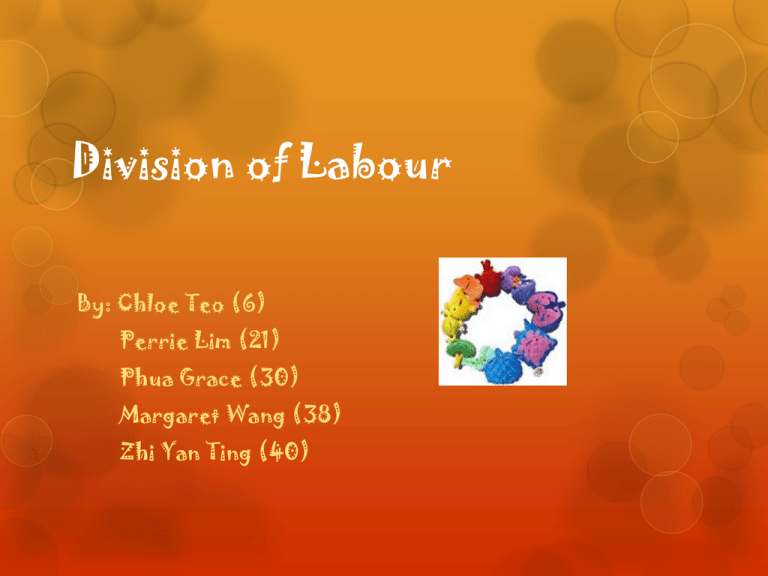
Division of Labour By: Chloe Teo (6) Perrie Lim (21) Phua Grace (30) Margaret Wang (38) Zhi Yan Ting (40) What do YOU know about Division of Labour? What is Division of Labour? The specialization of cooperative labour in specific, circumscribed tasks and like roles. Did you know? Division of labour was also a method used by the Sumerians to categorise different jobs, and divide them to skilled members of a society Advantages :D Since every cell is specialised to do their own thing: 1. They focus on fewer tasks at a time and therefore they can do the work more efficiently. 2. All tasks require certain amounts of resouces and energy, so specialized cells save energy as they are always prepared. 3. As they do one (or a few) things at a time, they evolve faster in that particular task. Disadvantages D: 1. All the cells depend on one another as each of them only focus on one task, therefore if any of the cells do not function properly, it will affect the other cells. 2. They require a very organized network of blood vessel that connects them and allows them to work in unison. How does it Relate to Our Body? For our body to work, cells, tissues, organs and organ systems work together as one, each doing their own part. How Cells Work Together: Tissues Tissues consist of cells of the same kind performing a specific function (examples: muscle tissue consists of muscle cells and nervous tissue consists of nerves cells. However, some tissues consist of different types of cells. They are called complex tissues (examples: blood is a fluid tissue containing red blood cells and white blood cells and phloem tissues in plants also contain more than one type of cells). How Cells Work Together: Tissues and Organs An organ contains different tissues that work together for a particular function. Examples: -The stomach is an organ for digestion. It contains muscular, glandular, epithelial and connective tissues. >Muscular Tissue: Contracts to churn food well >Glandular Tissue: Secretes enzymes to digest food >Epithelial Tissue: Forms a covering membrane that protects the surface of the stomach >Connective Tissue: Binds the other tissues together How Cells Work Together: Tissues, Organs and Organ Systems An organ system consists of different organs working together for a particular function. Examples: >Nervous System >Digestive System >Skeletal System >Respiratory System >Excretory System Did you pay attention? Do you remember what we have taught? Now we are going to test you! ;) Questions Question 1: What does division of labour ensure? Question 2: What do tissues form? Question 3: What do organ systems consist of? Question 4: What are the disadvantages of division of labour? Question 5: What are the advantages of division of labour? Bonus Question: What are the four tissues found in the stomach? THE END We hope that you have learnt something out of this presentation! For more information, check out our WIKISPACES @ http://divisionoflabours1d2012.wikispaces.com/. There are also two videos for you to watch! Thank you for your attention!


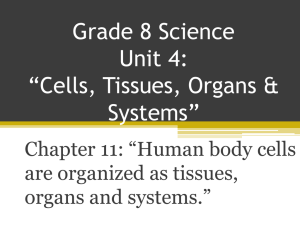



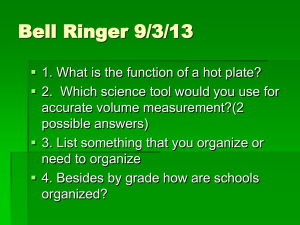
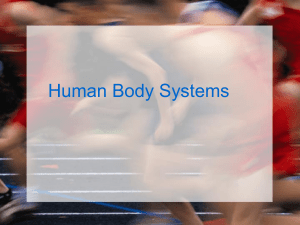

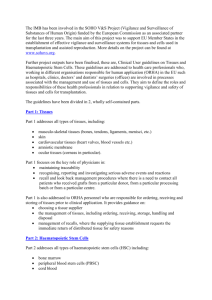

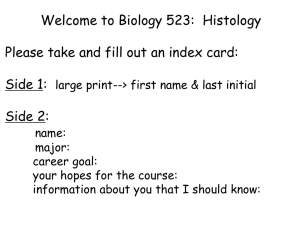
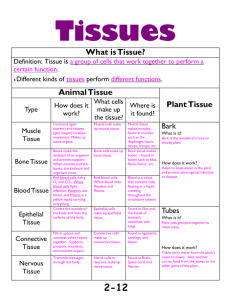
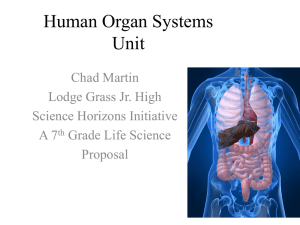
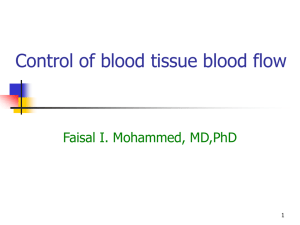

![CH 4- Pharmacokinetics[1]](http://s2.studylib.net/store/data/005759413_1-f3197068fb4c56a471ceb1ad618ff92e-300x300.png)